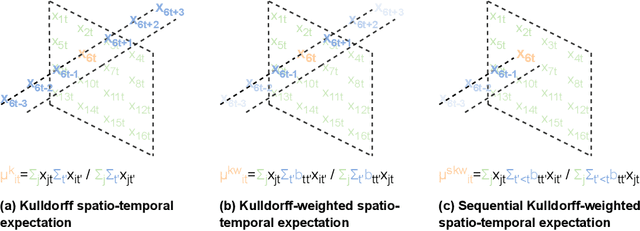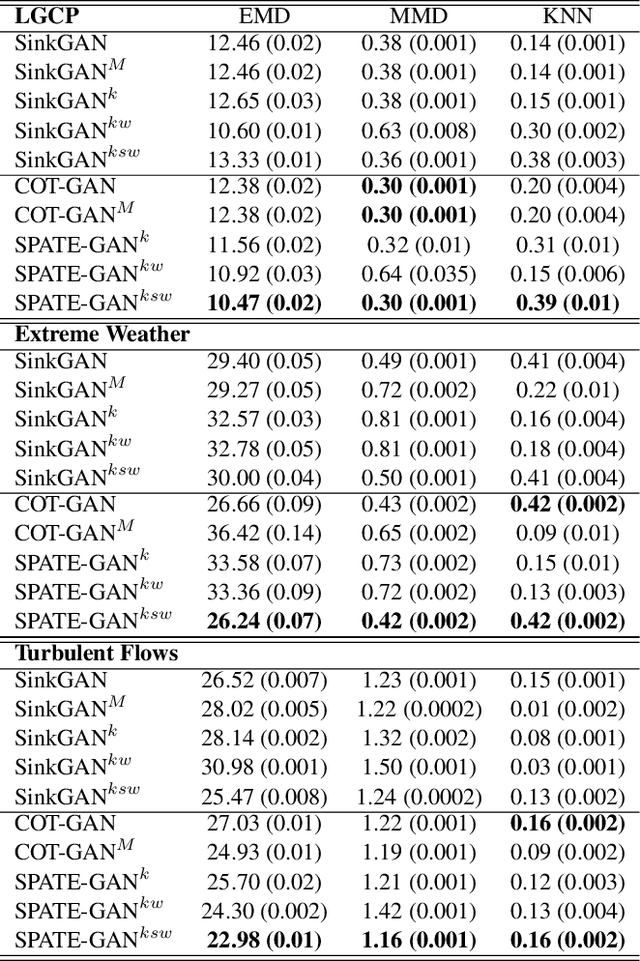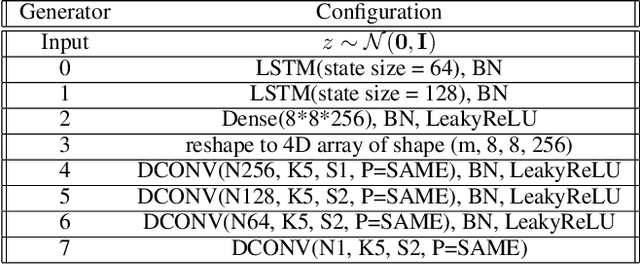SPATE-GAN: Improved Generative Modeling of Dynamic Spatio-Temporal Patterns with an Autoregressive Embedding Loss
Paper and Code
Sep 30, 2021



From ecology to atmospheric sciences, many academic disciplines deal with data characterized by intricate spatio-temporal complexities, the modeling of which often requires specialized approaches. Generative models of these data are of particular interest, as they enable a range of impactful downstream applications like simulation or creating synthetic training data. Recent work has highlighted the potential of generative adversarial nets (GANs) for generating spatio-temporal data. A new GAN algorithm COT-GAN, inspired by the theory of causal optimal transport (COT), was proposed in an attempt to better tackle this challenge. However, the task of learning more complex spatio-temporal patterns requires additional knowledge of their specific data structures. In this study, we propose a novel loss objective combined with COT-GAN based on an autoregressive embedding to reinforce the learning of spatio-temporal dynamics. We devise SPATE (spatio-temporal association), a new metric measuring spatio-temporal autocorrelation by using the deviance of observations from their expected values. We compute SPATE for real and synthetic data samples and use it to compute an embedding loss that considers space-time interactions, nudging the GAN to learn outputs that are faithful to the observed dynamics. We test this new objective on a diverse set of complex spatio-temporal patterns: turbulent flows, log-Gaussian Cox processes and global weather data. We show that our novel embedding loss improves performance without any changes to the architecture of the COT-GAN backbone, highlighting our model's increased capacity for capturing autoregressive structures. We also contextualize our work with respect to recent advances in physics-informed deep learning and interdisciplinary work connecting neural networks with geographic and geophysical sciences.
 Add to Chrome
Add to Chrome Add to Firefox
Add to Firefox Add to Edge
Add to Edge